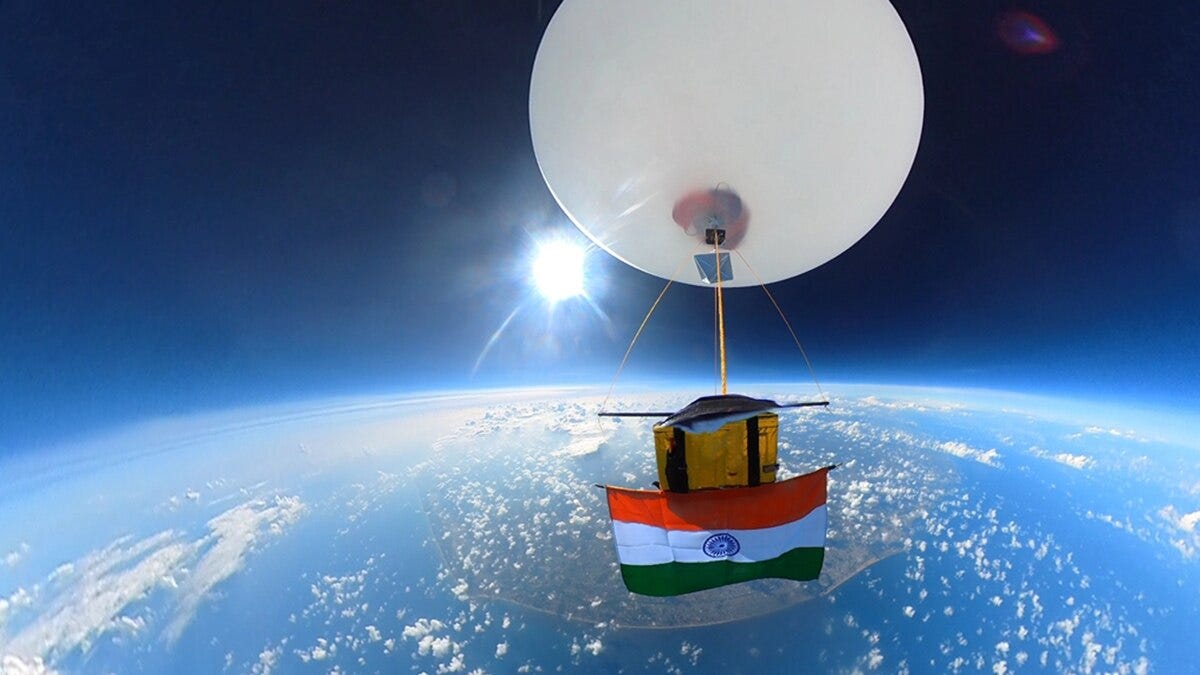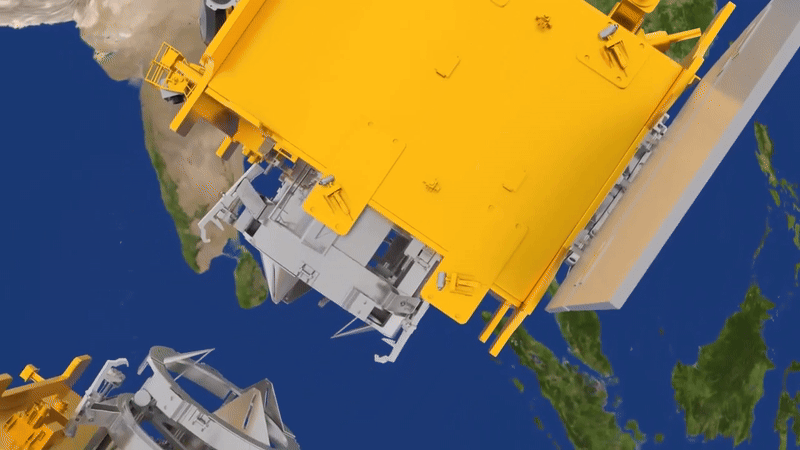#108- India achieves historic space docking milestone
A giant leap paving the way for many more such leaps
I know you’ve been bombarded with my emails this week, but this is a proud moment for all of us!
Historic milestone for India
This week marked a defining moment in India’s space journey, as ISRO successfully completed its first ever space docking test. The SpaDeX (Space Docking Experiment) mission, which launched on December 30th 2024 from Sriharikota, has placed India among an elite group of just four nations (after USA, Russia, and China) to achieve this feat.
The mission, SpaDeX, is a monumental achievement for ISRO and India's broader innovation ecosystem. Think about what you can achieve with a ship docking on a port- transfer of man, material, money. Now imagine us doing the same in space. The technology is essential for the country's future ambition to build an Indian space station and put a person on the moon! And successfully docking spacecraft in orbit demonstrates an intricate interplay of precision, perseverance, and calculated experimentation. As a deeptech investor, this moment reaffirms India’s growing stature as a global leader in space innovation.
The mission
The SpaDeX mission carried two small spacecraft, aptly named Chaser and Target (which you see above), which underwent a series of complex maneuvers in orbit. After several delaya, an inevitable part of cutting-edge experimentation, the spacecraft were brought together with millimeter precision. Sounds lofty, but this truly marks the beginning of a new era for India, one where concepts like inter-satellite communication, in-orbit resource transfer, and autonomous space operations become reality.
Journey of a million miles
ISRO’s journey wasn’t linear. Delays were common; glitches surfaced. Yet, the team approached each obstacle as an opportunity to test assumptions, refine simulations, and adapt strategies. ISRO didn’t shy away from acknowledging failures during the docking process. They methodically analyzed the problem, pulled back to safety, and recalibrated. Additionally, ISRO’s mission design wasn’t just about docking; it demonstrated ancillary capabilities spoken about previously.
The journey has indeed been long and hard. Which is why SpaDeX holds broader significance. It firstly underscores the importance of building robust infrastructure. ISRO didn’t start with docking, it took decades(!) of foundational work.
SpaDeX’s success was also achieved on a lean budget compared to global counterparts. This speaks volumes about India’s ability to innovate cost-effectively. ISRO also reused components like the rocket’s PS4-Orbital Experiment Module (Poem) for additional experiments reflecting the same frugality that made Chandrayaan and Mangalyaan global headlines. I know we do not like harping on the fact that we’re cheaper, but the fact is we’re the most value for money when it comes to innovation and we should be using this as an advantage.
This achievement is a call to action for us. It’s a reminder to think bigger, be patient, and invest in the extraordinary potential that lies in Indian ingenuity. The real question now is if we ready to align ourselves with the scale of India’s ambitions.





